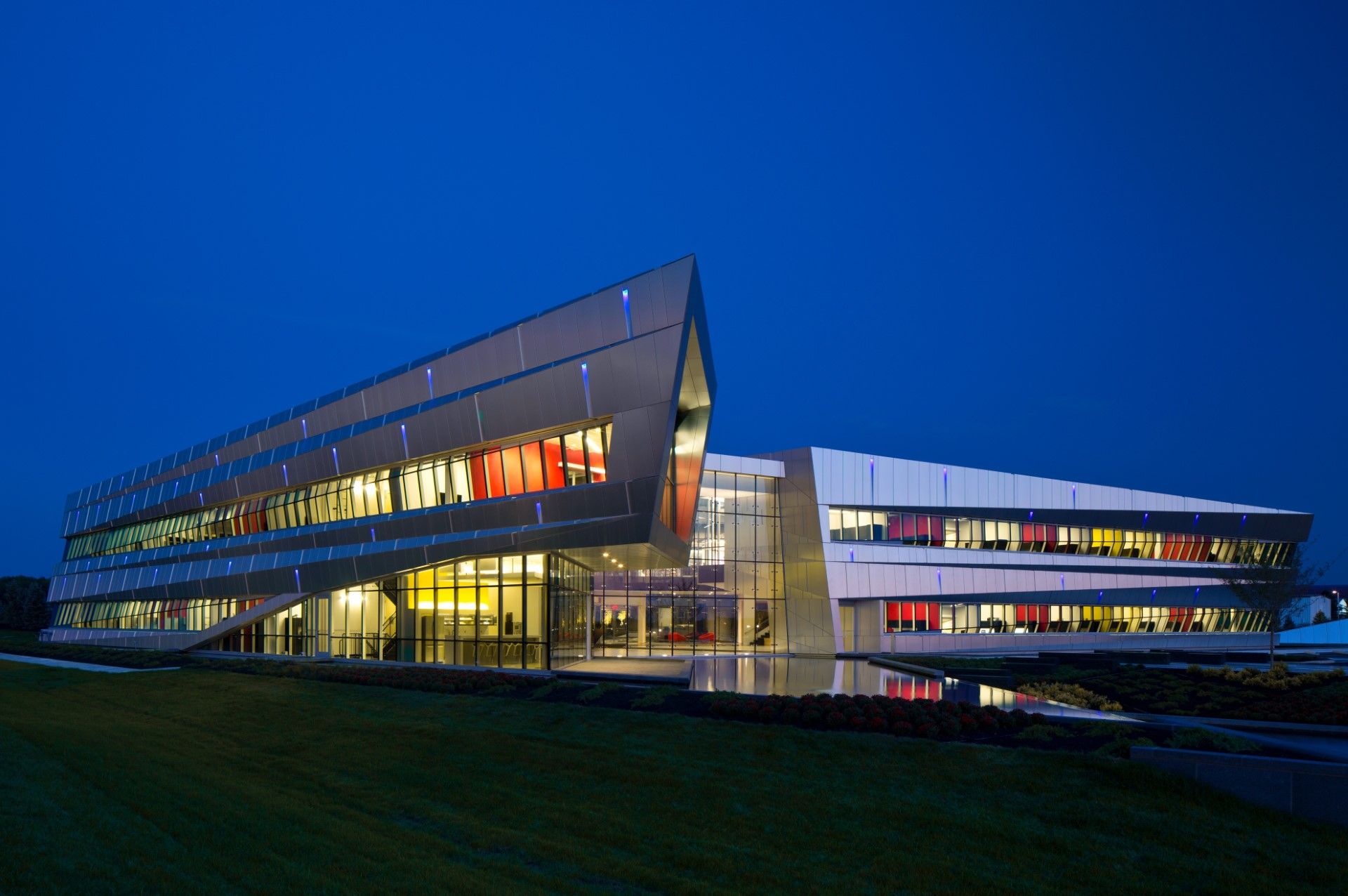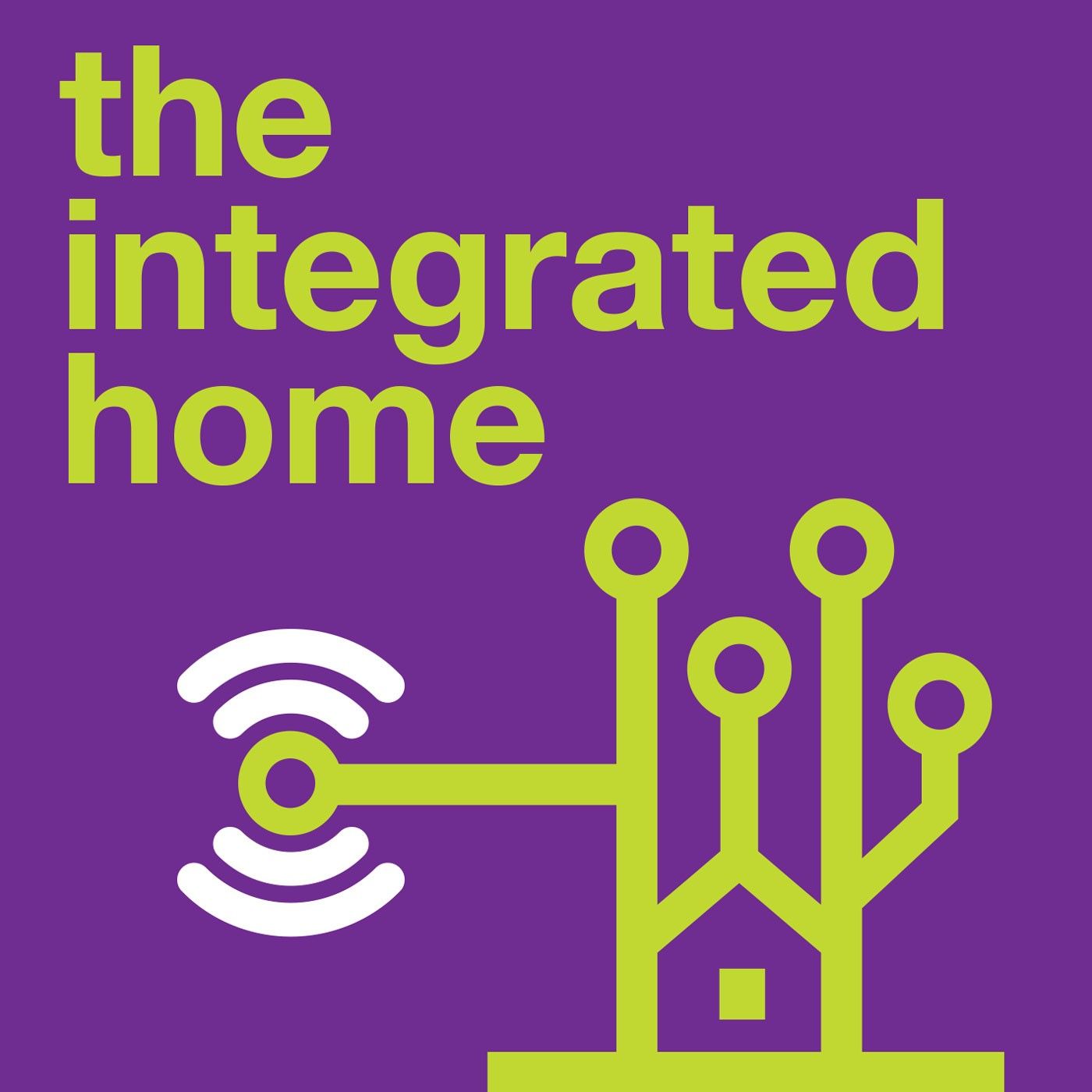How audiovisual tech can be incorporated into architectural designs for workspaces

Architects play a crucial role in designing office and workspace projects that cater to the needs of both in-person and remote workers. By incorporating AV technology in their project designs, architects can create efficient and productive workspaces with enhanced functionality, aesthetics, and sustainability.
Technology such as integrated conference room systems, digital signage, and smart lighting are just a few examples of how audiovisual (AV) technology can transform a workspace into a seamless and engaging environment. The earlier in a project timeline that architects consider incorporating technology in a design, the more successful the outcome. Early consideration allows for better planning and coordination, ensuring that the technology is seamlessly integrated into the overall design. This approach minimises disruption, reduces cost, and enhances the overall functionality and aesthetics of a space or building.

The Connor Group's award-winning HQ features Avocor G Series for improved collaboration and engagement
Architectural practices around the world are increasingly incorporating AV technology into their projects to create innovative and interactive spaces. There are many benefits, some of which include:
Functionality: Audiovisual and systems integration can improve the functionality of buildings by providing seamless communication and automation. For instance, integrated conference room systems can facilitate remote meetings, presentations, and collaborations, enhancing productivity. Building management systems can automate various functions such as security, lighting, and climate control, making the building more user-friendly and efficient.
Aesthetics: Technology can be blended into the environment, or even hidden, while enhancing the functionality of building interiors, ensuring ultimate usability of the space without detracting from the architectural vision. Immersive audio and video systems can also transform spaces, creating engaging environments for team building, education, and entertainment activities. The latest digital signage and wayfinding solutions can be used to create visually appealing and informative experiences for visitors and occupants alike.
Sustainability: Integrating audiovisual systems can contribute to the sustainability of buildings by optimising energy usage. For example, smart lighting systems can adjust the brightness based on occupancy and natural light levels, reducing energy consumption. The functionality and aesthetics of buildings can also be enhanced with customisable lighting options and seamless integration with other smart building devices. Integrated systems can monitor and control HVAC (heating, ventilation, and air conditioning) systems to ensure they operate efficiently, further reducing the building's carbon footprint.
Accessibility: Digital signage and interactive displays can be designed to be accessible to all users, including those with disabilities. This can include features such as audio descriptions, subtitles, and adjustable text sizes, ensuring that everyone can benefit from the information provided.
Stay informed!
If you don't want to miss out on the latest AV innovations currently shaping the architectural landscape, sign up for news updates from Integrated Systems Europe (ISE). You'll discover how to transform buildings into dynamic, functional spaces that captivate and inspire - and gain a competitive edge.
Get ready to redefine architectural possibilities by visiting ISE 2025 in Barcelona on 4-7 February.
Related News
-
A design-and-build professional's guide to smart home technology
Matt Nimmons, Managing Director, CEDIA EMEAWith smart technology fast becoming the norm for many households, it's more important than ever for design and build professionals to understand the latest developments in smart home and audiovisual t ... -
Welcome to the digital transformation of the built environment
Bob Snyder, Chair, Smart Building SummitThe digital transformation of smart buildings depends upon the integration of multiple technologies which must work in concert to bring value to the owners, landlords, and occupants. -
The latest market analysis from CEDIA reveals that the four business areas expected to grow the most over the next 12 months are home cinema, media rooms, outdoor AV systems, and lighting & shading.



)
)
)
)
)
)
)
)
)
)
)
)
)
)
)
)
)
)
)
)
)

)
.png/fit-in/500x500/filters:no_upscale())
)
)
)
)
)
)
)
)
)
)
)
)
)
)
)
)
)
)
)
)
)
)
![rAVe [PUBS]](https://cdn.asp.events/CLIENT_Integrat_169E7B04_E6F3_39F6_8BE4DB27C54F731E/sites/ise-2024/media/libraries/partners/rAVe-PUBS-Google-Logo.png/fit-in/500x500/filters:no_upscale())
)
)
)
)
)
)
)
)
)
)
)
)
)
)
)
)
)
)
)
)